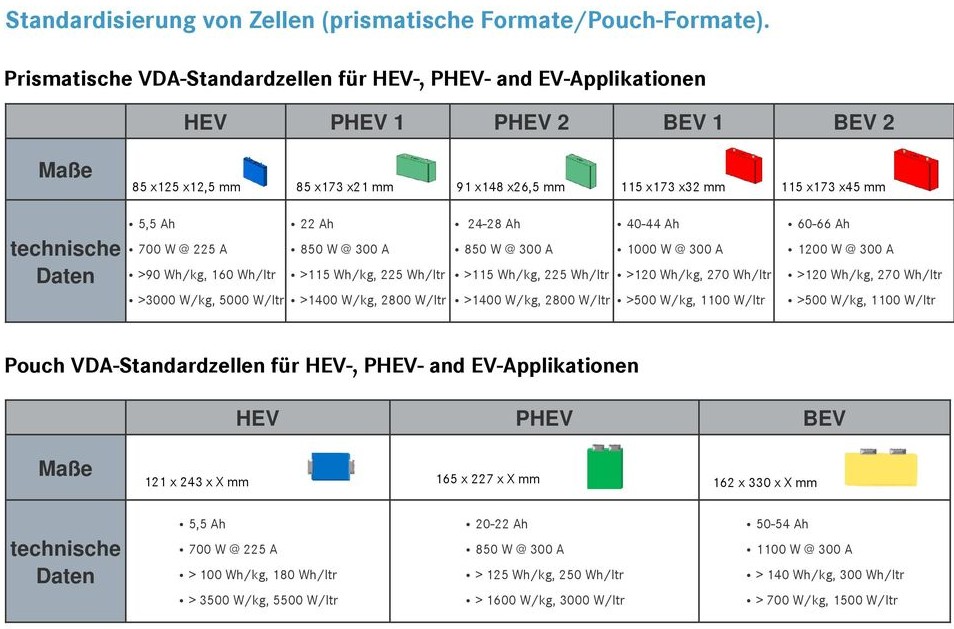Hello, Kenny,
Thanks for that link, sounds like an optimistic information. The end of the article says:
Wondering what "without a major conversion" means... I'll google more about those cells. Thanks!
BEV2 format cells are used in the BMW i3 (NB: WITHOUT bolts) at much higher capacity, however the chemistry is quite different - meaning you would have to change out the entire pack, work out a way of interfacing/interconnecting each cell (heavy duty spot welder?) _and_ hack on the BMU
At that point the Hungarian option is probably worthwhile, but for European triplets you might want to consider frame corrosion.
I've just received a headsup that my 2012 Ion (operated in the south of England its entire life) has visible frame rust in the rear and without dropping the pack out it is impossible to see the full extent of the damage
As with any old car, keeping it on life support may end up being an ever-larger moneypit and I'm not sure that spending €9k for a new battery pack is worthwhile on a car which would still only be worth €6k at most. If they weren't so rust-prone it might be a different tale but these are essentially JDM cars with the very cursory JDM rustproofing that implies
NB: Almost all the problems people report are in cars which have LEV50 cells - LEV50N cars (mid 2013 onwards) seem to have much better battery longevity
WRT the comment about spootting the sagging cell(s) - these will usually be the same cells which reach 4.1V before all the others (particularly on fast chargers). It's worth making notes and taking cell voltage screenshots at _both_ ends of the charge cycle
For what it's worth: My experience is that if you think you need to change 4 cells you probably need to change the worst 16-30, or else you'll be pulling the pack out of the car several more times - and the connectors/assembly are only rated for a few mating cycles so this is a bad idea
That said: Having spent £2000 putting "new" (old) cells my my car (cells plus labour), I wouldn't recommend doing it. Whilst the replacement cells are fine, the rest of the pack is in only slightly better condition than the "dud" ones (balancing procedures see to that) - I originally replaced 16 cells where only 4 were obviously faulty and 1.5 years later there are another 16 which are clearly in need of replacement (I'd actually supplied 32 cells to be changed out but the installer took it upon themselves to decide that the ones I'd said needed changing were ok - this is a west UK company which promoted itself heavily as a UK car specialist. The owners eventually admitted that they know nothing about cell chemistry - nor do they want to. This is probably why there are so many problems with repowered Leafs from the same shop)
In short, on older triplets with pack SOH down to 60%, the only viable long term battery fix is complete replacement - see above as to why I don't think this is a good idea on these cars (rust!), bearing in mind that unless you obtain LEV50Ns, you'll have the same problem in a few years - These cells have a "use by" date in addition to the charge cycle limitation and most (even the LEV50Ns) are over a decade old at this point
I bought my 2012 Ion as a "project car" to experiment with EVs, and don't really regret it, but from a pure economics point of view the TOC has been about the same as a petrol car of the same age

